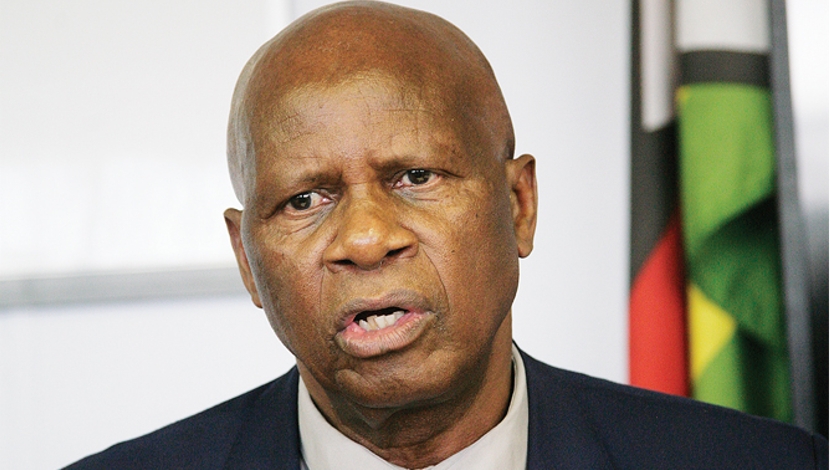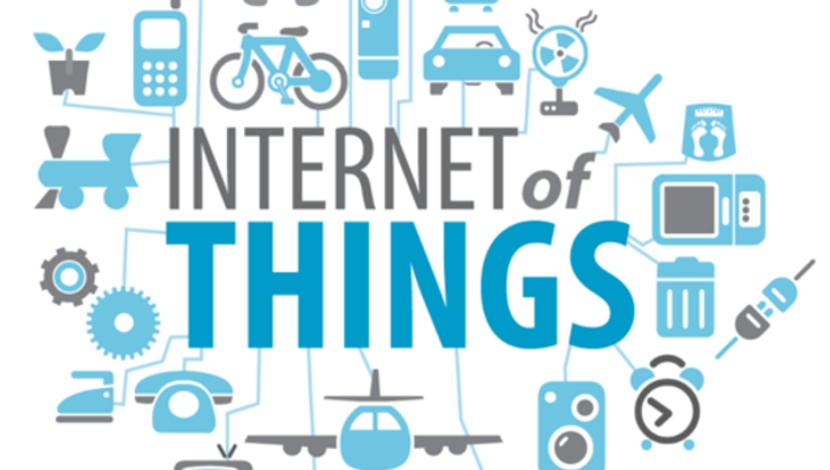

The rail projects planned or under way in Africa are enough to connect Cape Town to Copenhagen. On the outskirts of a national wildlife park in Kenya,
Chinese and local workers manoeuvre a massive concrete rail-bridge structure onto towering support piers.
The bridge at Voi, northwest of the port of Mombasa, is the latest construction frontline for the initial $3.2 billion stretch of an ambitious railway project to link the East African country with landlocked neighbours including Rwanda and Uganda.
As a faster alternative to the trucks clogging the only road running inland to the capital, the Chinese-built and financed standard-gauge railway (SGR), has the potential to transform trade in the region.
Kenya’s rail line, the country’s biggest investment since independence in 1963, is among the most advanced of the more than $30 billion of African rail projects planned or under way.
“Infrastructure constraints are one of the major things holding back Africa and this standard-gauge railway will make a big difference,” said Mark Bohlund, an Africa and Middle East economist with Bloomberg Intelligence.
U.S. and European and companies such as General Electric Co., Alstom SA and LafargeHolcim Ltd. are poised to benefit, along with Chinese builders and African suppliers. GE is investigating opportunities in countries including Kenya, Ethiopia and Nigeria and will have almost tripled its number of service personnel on the continent from 2015 to the end of this year.
Besides the East African line, others on the continent include Bollore SA’s plan to develop a 2,700-kilometer West African rail corridor. The project, which has faced legal challenges from rival developers, would link Ivory Coast, Burkina Faso, Niger and Benin.
Senegal signed an agreement in December with China Railway Construction for the renovation of 645 km of railroads. Projects are also planned in Tanzania, Mali and Egypt, while Ethiopia recently completed a line connecting Addis Ababa to Djibouti and has another 4,000 kilometres of projects planned.
Rail infrastructure is vital to improve trade between African countries, which stood at just 13% of the total last year, according to the African Union.
The Export-Import Bank of China has agreed to fund 90% and 85% respectively of the first two phases of Kenya’s project, with the government covering the rest.
China has a history of successful railway projects in Africa. The 1,870-kilometre Tazara railway, which linked landlocked Zambia to Tanzania’s Dar es Salaam port, was funded and built by China in the 1970s. Nigerian President Muhammadu Buhari plans to visit China to get funding for railway projects, Vice President Yemi Osinbajo said this week.
For some African governments, the tougher economic conditions are requiring more imagination for funding rail investments, GE’s Konditi said.
“I’m seeing more interest in creative financing—leasing—and I’ve seen more interest in letting the private sector drive some of the maintenance and service of the rail companies,” he said. “This environment is actually helping people to see things more creatively, in a very modern way.”





